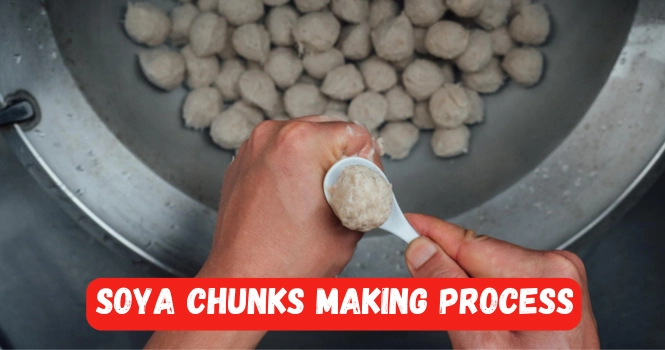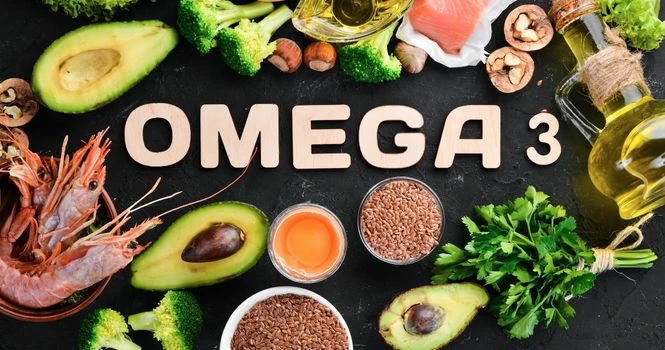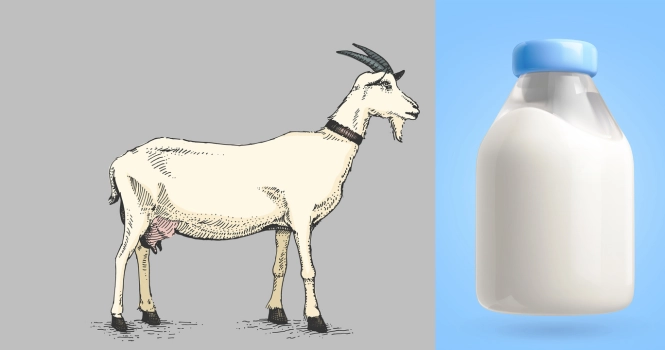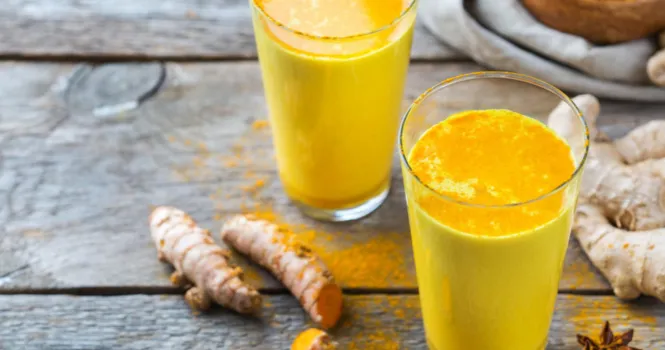Discovering the Soya Chunks Making Process: From Bean to Chunk

The production of soya chunks, also known as textured vegetable protein (TVP), involves a series of steps designed to extract protein from soybeans and form it into a meat-like texture.
This process not only makes soya chunks a versatile ingredient in various dishes but also retains the nutritional benefits of soybeans.
The detailed step-by-step breakdown of how soya chunks are made are as follows:
1. Cleaning and Preparation
The process begins with the thorough cleaning of soybeans to remove any dirt, debris, and impurities. This ensures that only high-quality beans are used for making soya chunks.
2. Dehulling
The outer hulls of the soybeans are removed because they are hard and not digestible. Dehulling improves the texture and digestibility of the final product.
3. Cracking
The dehulled soybeans are then cracked into smaller pieces. This step increases the surface area of the beans, making it easier to extract the oil in the subsequent steps.
4. Oil Extraction
The cracked soybeans undergo an oil extraction process, usually through solvent extraction or mechanical pressing. This step removes most of the soybean oil, leaving behind a defatted soy meal, which is the primary ingredient for soya chunks.
5. Grinding
The defatted soy meal is then ground into a fine powder. This soy flour is low in fat and high in protein, making it an ideal base for soya chunks.
6. Texturizing
The soy flour is mixed with water and subjected to a high-temperature and high-pressure process called extrusion.
During extrusion, the soy flour and water mixture is forced through a specially designed screw, which cooks the mixture and shapes it into a fibrous, meat-like texture.
This is a critical step in giving soya chunks their distinctive chewy texture.
7. Shaping and Cutting
After extrusion, the textured soy protein is shaped into various forms, such as chunks, flakes, or granules, depending on the desired final product. It is then cut into appropriate sizes.
8. Drying
The shaped soya chunks are dried to reduce their moisture content. This step is crucial for extending the shelf life of the product and making it stable for storage and distribution.
9. Packaging
Once dried, the soya chunks are cooled and then packaged into bags or containers. The packaging is designed to protect the soya chunks from moisture and other environmental factors, ensuring they remain fresh until they reach the consumer.
The making of soya chunks is a sophisticated process that transforms soybeans into a nutritious and versatile meat substitute.
By undergoing cleaning, dehulling, cracking, oil extraction, grinding, texturizing, shaping, cutting, drying, and packaging, soybeans are converted into soya chunks that can be easily rehydrated and used in a variety of dishes.
This process not only preserves the nutritional qualities of soybeans but also provides a sustainable and plant-based protein option for consumers around the world.











